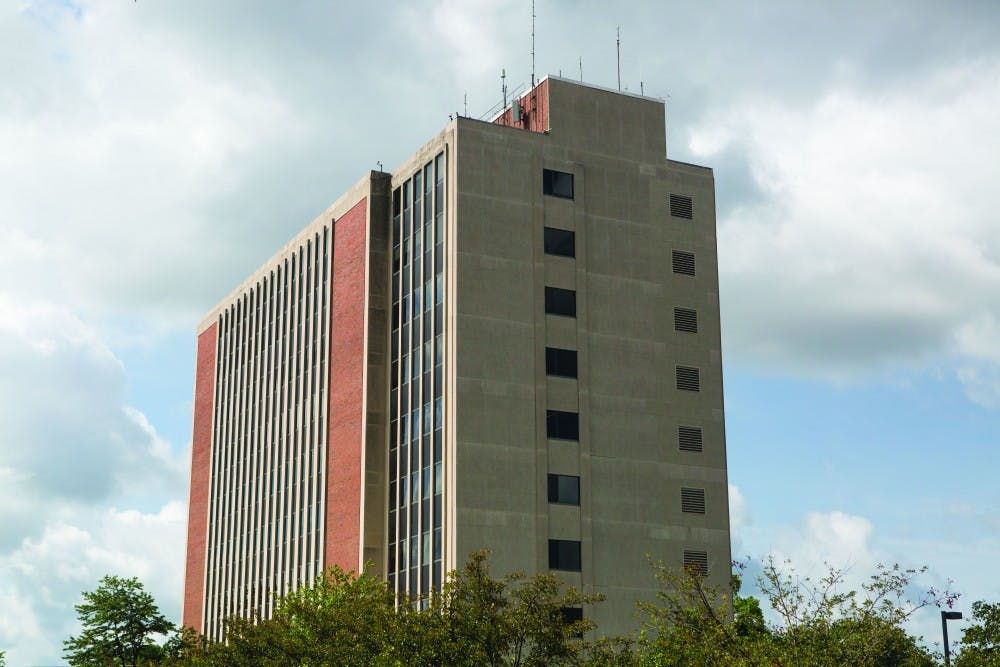Indiana had a 21 percent decrease from the previous year in the number of teacher licenses issued during 2014-15, according to the Indiana Department of Education 2015 Educator Licensing Data release.
In a column from the Indiana Business Journal Oct. 3, Bohanon wrote that there are many education school graduates unable to find teaching jobs, and there has been an excess of credentialed teachers. Therefore, there should not be concern over teacher shortages.
He said the specific teacher shortages are in specialized fields such as mathematics, science and special education. School districts have had trouble filling these positions because the wages are too low.
“Certain skill sets and certain training are a lot more valuable than other training,” Bohanon wrote. “Those differentials ought to be recognized in the hiring process.”
There is a mismatch of skill sets because people go into certain fields more than others, he said. School districts need to be willing to pay teachers in specialized disciplines more money.
Michael Hicks, director of the Center for Business and Economic Research, said there isn't a teacher shortage in Indiana.
In a draft of his research, “Policy Brief: Issues in the Supply and Demand for K-12 Educators,” Hicks wrote that there is evidence of an excess supply. He estimated an excess of 3,000 teachers in Indiana. They aren’t working in the education field, and about 1,100 are working in jobs that pay less than teaching.
“This would come at a surprise to many because Teachers College enrollment has plummeted,” Hicks said.
In a previous story, the Daily News reported there was a 28 percent drop in Indiana teacher education programs overall from 2010 to 2013, according to the Title II Higher Education Act. Ball State's enrollment in the teacher education program has dropped 15 percent from 2010 to 2014, according to the Office of Institutional Effectiveness.
Hicks said the decrease in student enrollment shows how the teaching industry is changing. Schools are encouraging future teachers to receive training in the specific department in which they will teach, such as math or science, leading to more degrees in other fields instead of a teaching degree.
Teachers have been overproduced for a long time, Hicks said. According to his policy brief, the excess supply of Teachers College graduates has led to the enrollment declines in education programs. One of the reasons there is a concern over teacher shortages could be political, Hicks said.
“The people who are pushing it most are deans of teachers colleges, who are facing shrinking enrollments,” he said.
To fill the need for teachers in specific disciplines, Hicks recommended higher wages for Indiana teachers. State universities should also inform prospective education majors about the excess supply of teachers and direct them to areas with increasing demand, he wrote.




